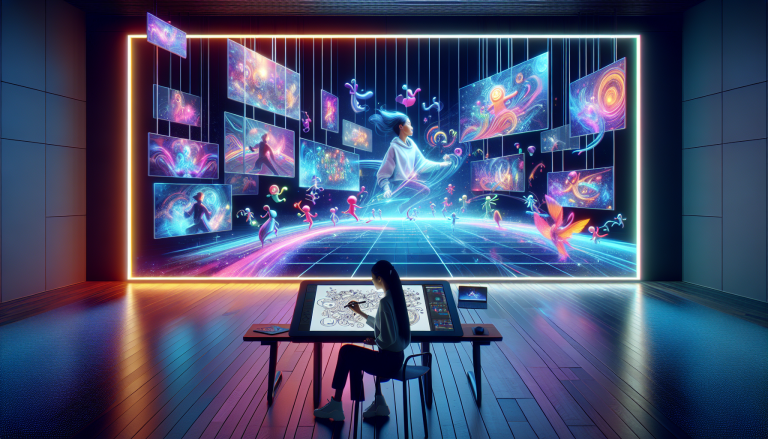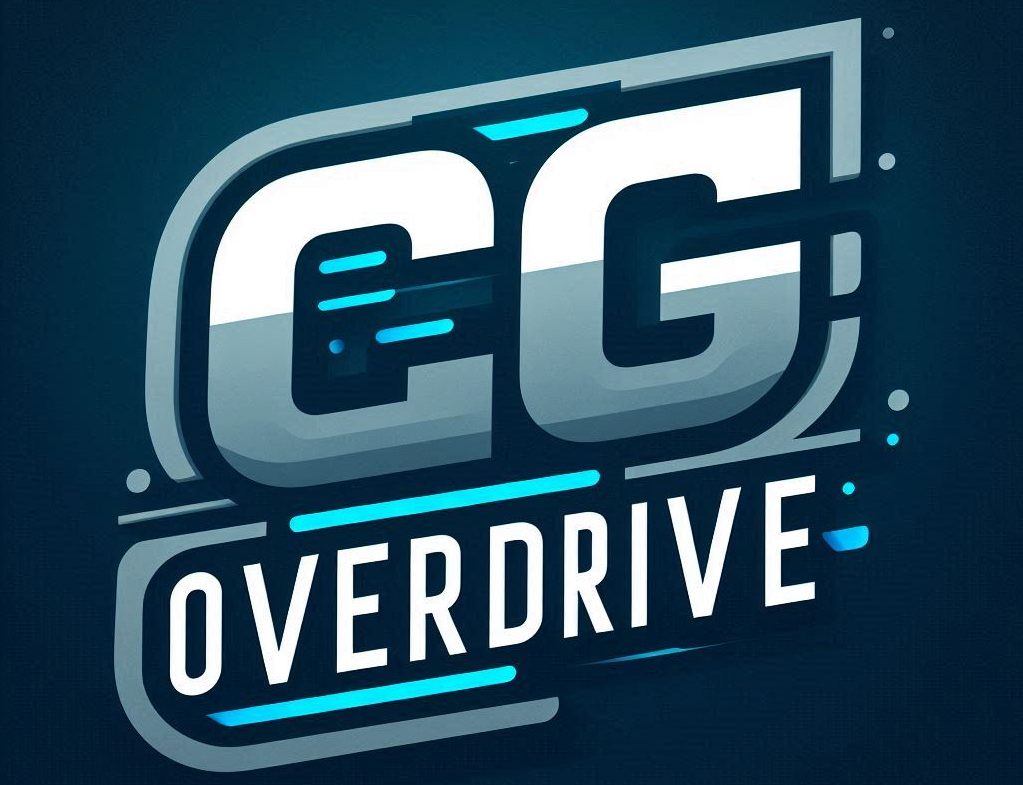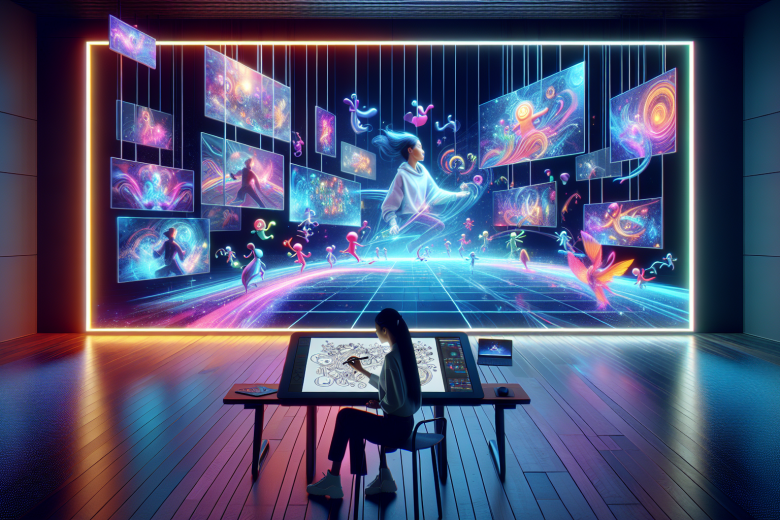The Transformative Power of Animation in the Computer Graphics Industry
Animation stands as a cornerstone of the computer graphics (CG) industry, weaving together artistry and technology to bring ideas to life with motion and emotion. As an art form, animation transcends static visuals, crafting immersive experiences that resonate across entertainment, architecture, advertising, and multimedia storytelling. Within this vibrant ecosystem, animation’s role is not only functional but deeply expressive, inviting viewers to explore new perspectives in dynamic and compelling ways.
Exploring animation in CG reveals how it shapes both creative and commercial realms. From cinematic masterpieces to architectural walkthroughs and interactive media, Animation breathes life into digital spaces. Understanding its multifaceted significance and mastering its core principles empower creators and professionals to innovate and inspire.
Why Animation Matters in CG Today
Animation channels the essence of movement, time, and narrative—a trio pivotal to the impact of any visual story. It elevates computer graphics from mere representation to emotive communication by:
– Adding realism and believability to 3D models in Architecture.
– Enhancing engagement and message retention in Advertising.
– Fusing elements like sound, video, and interactive design within Multimedia projects.
– Reinventing the Business of computer graphics (CG) through immersive advertising campaigns and virtual product showcases.
Creators who master animation not only meet market demands but anticipate future storytelling trends in a world hungry for interaction and sensory immersion.
Essential Animation Techniques Transforming CG Industries
Animation in CG spans a broad technical spectrum. Here’s a practical framework demonstrating key approaches and their applications:
| Animation Technique | Description | Primary Application | Benefits |
|————————|———————————————–|———————————————|——————————————-|
| Keyframe Animation | Defining critical frames, with interpolation | Character movement, architectural tours | Control over precise motion and timing |
| Procedural Animation | Algorithm-driven, real-time motion generation | Real-time games, simulations | Dynamic environments, scalable effects |
| Motion Capture | Recording live actor movements for realism | Film production, advertising campaigns | High realism, emotional expressiveness |
| Tweening (Inbetweening) | Creating frames between keyframes automatically | 2D animation, low-budget multimedia | Efficiency, smooth transitions |
| Particle Systems | Simulating natural phenomena (fire, smoke) | Visual effects in movies, architectural visualization | Adds depth, realism, and atmosphere |
Each technique contributes uniquely, offering tools for storytellers and designers to craft narratives that captivate and convey meaning powerfully.

Practical Advice for Aspiring Animators and CG Artists
Success in animation demands both creative daring and technical discipline. The following guidelines help nurture artistry and sharpen skills:
**Master the Fundamentals**
– Study principles of animation: squash and stretch, anticipation, follow-through, and timing.
– Build a solid grounding in anatomy and physics for believable movement.
– Understand 3D modeling and rendering basics; animation breathes life into static models.
**Develop a Portfolio That Showcases Range**
– Include diverse projects demonstrating various styles and techniques.
– Highlight collaborative work with architecture, multimedia, and advertising clients.
– Craft mini-stories that display your ability to evoke emotion and engage audiences.
**Leverage Cutting-Edge Tools**
– Stay current with industry-standard software: Maya, Blender, Cinema 4D, After Effects.
– Explore real-time engines like Unreal or Unity for interactive animation.
– Experiment with AI-assisted animation tools to streamline workflows without compromising creativity.
**Engage in Continuous Learning**
– Participate in online courses, workshops, and CG forums.
– Analyze trends in business of computer graphics (CG) to anticipate shifting demands.
– Seek feedback from mentors and peers to refine craft and vision.
**Network Across Disciplines**
– Collaborate with architects, multimedia artists, and advertising professionals.
– Attend industry events and conferences to widen perspectives and opportunities.
– Share expertise by mentoring or creating tutorials, forging stronger creative communities.
Animating Architecture: Building More than Structures
Animation bridges imagination and reality in architectural visualization. It enables architects to:
– Present spatial narratives with dynamic walkthroughs instead of static blueprints.
– Simulate lighting, textures, and material interactions for design validation.
– Communicate environmental impacts through animated environmental studies.
– Engage clients and stakeholders with immersive virtual experiences.
By integrating animation into architectural workflows, professionals enrich their designs with storytelling power—transforming how spaces are understood and experienced before they are built.
Animation’s Role in Multimedia and Advertising Synergy
Multimedia patterns evolve rapidly, integrating animation seamlessly with audio, text, and interactivity. For advertisers, animation:
– Creates memorable brand narratives that hold attention amid digital noise.
– Demonstrates product functionalities succinctly through animated demos.
– Enables personalization and adaptive content via interactive animation.
– Supports social media campaigns through short, shareable animated clips.
The combined force of animation and multimedia enhances consumer engagement, ultimately driving brand loyalty and conversion.
Business of Computer Graphics (CG): Navigating Animation’s Economic Pulse
Animation inherently intersects with the business side of CG—a sector marked by opportunity and competition. Key insights for animators and studios striving to thrive include:
**Understanding Market Niches**
| Niche | Demand Drivers | Challenges | Opportunities |
|————————|—————————–|——————————–|———————————————–|
| Film & Television | High budgets, creative scope| Long production cycles | Blockbuster and streaming content expansion |
| Architectural Visualization | Real estate, urban planning| Tight deadlines, accuracy needed| Growing virtual and augmented reality trends |
| Advertising | Brand differentiation | Rapid content turnover | Viral marketing, influencer integrations |
| Video Games | Interactive storytelling | Technology-intensive pipelines | Esports and mobile gaming growth |
| Virtual/Augmented Reality | Immersive user experiences | Hardware limitations | Enterprise training, health, tourism sectors |
**Strategies for Sustainable Growth**
– Diversify client base across multiple CG sectors to buffer economic fluctuations.
– Invest in R&D for animation innovations aligned with emerging tech like AI and VR.
– Build strong project management to optimize timelines and budgets.
– Foster creative teams that balance artistic freedom with client objectives.
Animation not only fuels visual creation but propels the economic engine of the CG industry, demanding adaptability and strategic foresight.
Inspiring a New Generation of Animation Creators
Animation is more than pixels in motion; it is a language of emotion, culture, and vision. As the CG sector evolves, creators must embrace cross-disciplinary collaboration, constantly question how movement enhances meaning, and wield technology with artistry.
To all who immerse themselves in animation’s vast potential: be fearless in storytelling, consistent in honing craft, and radiant in sharing your creations. The worlds you shape through animation will inspire beyond screens—transforming how people feel, interact, and imagine their realities.

